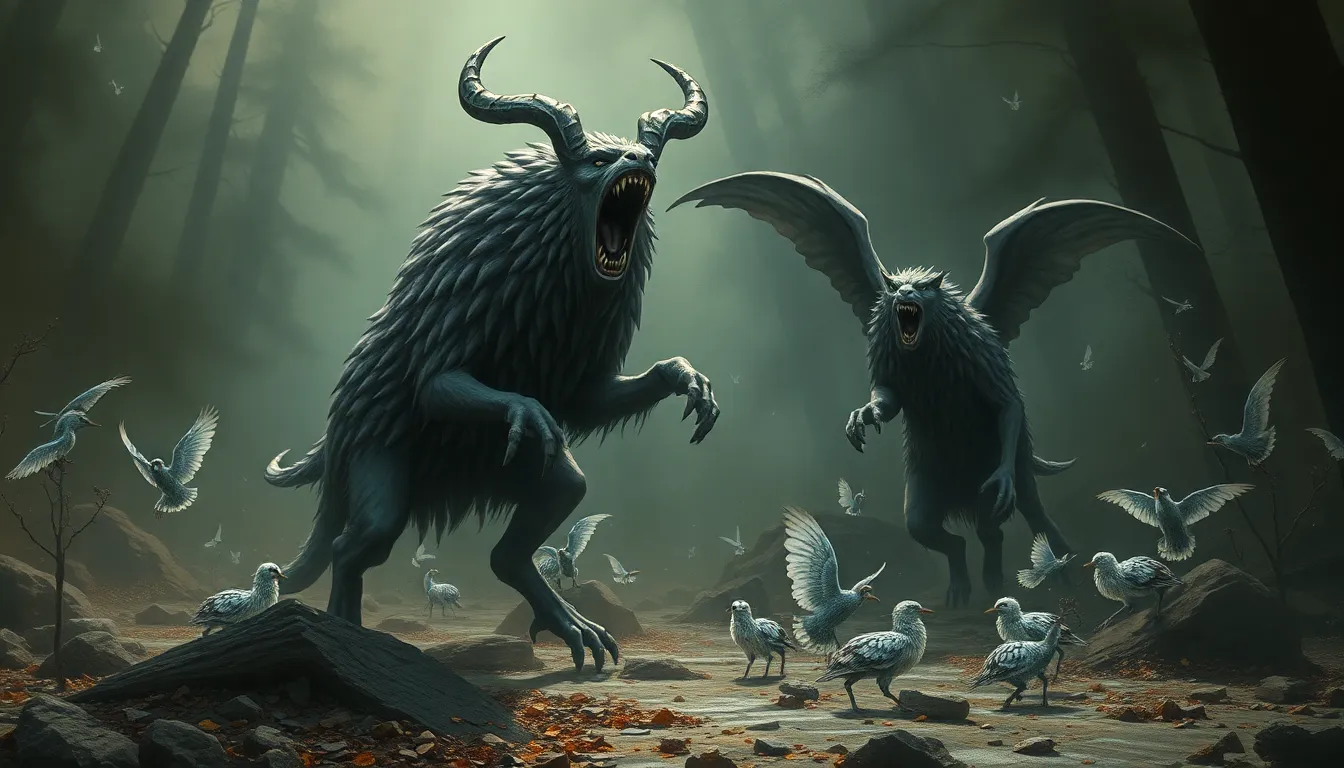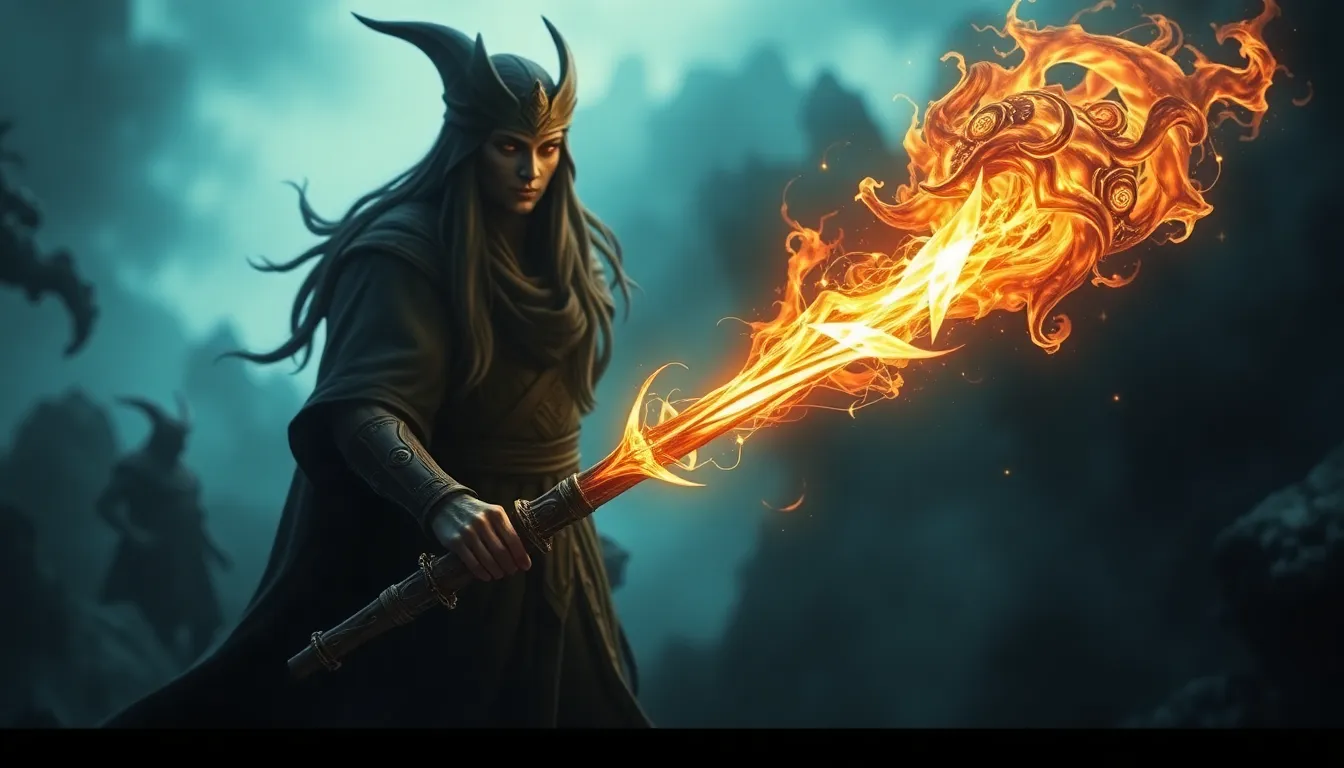Moral Myths in Popular Culture: Lessons from Movies and TV
I. Introduction
Moral myths are narratives that convey ethical lessons and societal values, often embedded within the fabric of popular culture, most notably in movies and television. These myths serve as a lens through which audiences can examine complex moral dilemmas and human behavior. Understanding moral myths is crucial as they not only reflect societal norms but also influence the way individuals perceive morality in everyday life. This article aims to explore the concept of moral myths, their presence in film and television, their evolution over time, and the lessons they impart.
II. The Concept of Moral Myths
A moral myth can be defined as a story or narrative that encapsulates a moral lesson or truth, often illustrating the consequences of human actions and decisions. These myths are not merely fictional tales; they are deeply rooted in cultural traditions and historical contexts.
Historically, moral myths can be traced back to ancient civilizations, where stories were used to impart ethical standards and values. From Aesop’s Fables to religious parables, these narratives have played a pivotal role in shaping societal beliefs. Their importance lies in their ability to resonate with audiences, providing a framework for understanding right and wrong and guiding behavior.
III. Moral Myths in Film: A Closer Look
Films have long been a medium through which moral myths are explored and expressed. Two key examples are:
- The Hero’s Journey: This archetypal narrative structure, popularized by Joseph Campbell, illustrates the transformation of a protagonist who embarks on an adventure, faces challenges, and ultimately returns home changed. Classic films such as “Star Wars” and “The Lion King” exemplify this journey, emphasizing themes of courage, sacrifice, and personal growth.
- Redemption Arcs: Many films portray characters who seek redemption for past mistakes, illustrating the possibility of change and forgiveness. Movies like “The Shawshank Redemption” and “A Christmas Carol” highlight the moral that it is never too late to make amends and that personal growth is achievable.
The messages conveyed by these films often shape audience perceptions, reinforcing the belief in the potential for good within individuals and the importance of moral choices.
IV. Moral Myths in Television: A Narrative Tradition
Television has also become a rich ground for exploring moral narratives. The format allows for deeper character development and complex story arcs.
- Sitcoms vs. Dramas: While sitcoms often use humor to convey moral lessons, dramas tend to tackle moral dilemmas more seriously. Shows like “Friends” may address themes of friendship and loyalty, while “The Wire” delves into systemic issues of crime and morality.
- Long-running series vs. miniseries: Long-running series like “The Simpsons” can explore moral lessons across numerous episodes, while miniseries such as “Chernobyl” present a concentrated narrative that examines the ethical implications of disaster and accountability.
Notable case studies include “The Good Place,” which challenges viewers to think critically about ethics and morality, and “Breaking Bad,” which explores the consequences of choices and the moral decline of its protagonist. As television evolves, it continues to reflect and shape societal beliefs about morality.
V. The Role of Genre in Moral Myths
Different genres of film and television present moral myths in unique ways. The conventions of each genre influence the narratives and moral lessons conveyed:
- Action and Adventure: Often emphasize heroism, bravery, and the battle between good and evil.
- Fantasy and Science Fiction: Allow for the exploration of morality in alternate realities, as seen in stories like “Harry Potter,” which addresses prejudice and the struggle against tyranny.
- Horror and Thriller: Typically highlight the consequences of moral failings, with characters facing dire repercussions for their actions.
Genre conventions help to frame moral storytelling, making complex ethical issues accessible to audiences.
VI. Audience Reception and Interpretation
The interpretation of moral myths can vary significantly among viewers. Factors such as personal beliefs, cultural context, and individual experiences shape how audiences receive these narratives.
For instance, a character’s moral choices in a film may resonate differently with viewers depending on their own values and life experiences. This can lead to both backlash and support for particular moral messages, as seen in the reception of films like “Joker,” which sparked debates about mental health and societal responsibility.
VII. Critiques of Moral Myths in Popular Culture
Despite their significance, moral myths are not without criticism. Some limitations include:
- Oversimplification: Moral myths often reduce complex ethical issues to binary choices of right and wrong, failing to capture the nuances of real-life dilemmas.
- Misrepresentation: Certain narratives may perpetuate stereotypes or misrepresent marginalized groups, leading to skewed understandings of morality.
These critiques highlight the importance of critical engagement with moral myths and the need for more nuanced storytelling.
VIII. The Evolution of Moral Myths
Over time, moral myths have evolved, influenced by social movements and changing societal values. Issues such as gender equality, racial justice, and environmentalism have prompted new narratives that challenge traditional moral frameworks.
As society continues to change, we can predict that moral myths in media will reflect these shifts, providing fresh perspectives on age-old ethical questions.
IX. Lessons Learned from Moral Myths
Moral myths impart valuable lessons about ethics and morality that can be applied to real-life situations. They encourage individuals to reflect on their values, consider the consequences of their actions, and strive for personal growth.
The role of storytelling in moral education cannot be understated, as narratives help to contextualize ethical dilemmas and foster empathy among audiences.
X. Conclusion
In summary, moral myths in popular culture—through films and television—play a crucial role in shaping societal values and individual beliefs about morality. By examining these narratives, we gain insights into human behavior, the complexity of ethical issues, and the power of storytelling in moral education. As we continue to navigate an ever-changing world, the evolution of moral myths will undoubtedly reflect the ongoing dialogue about what it means to live a moral life.



